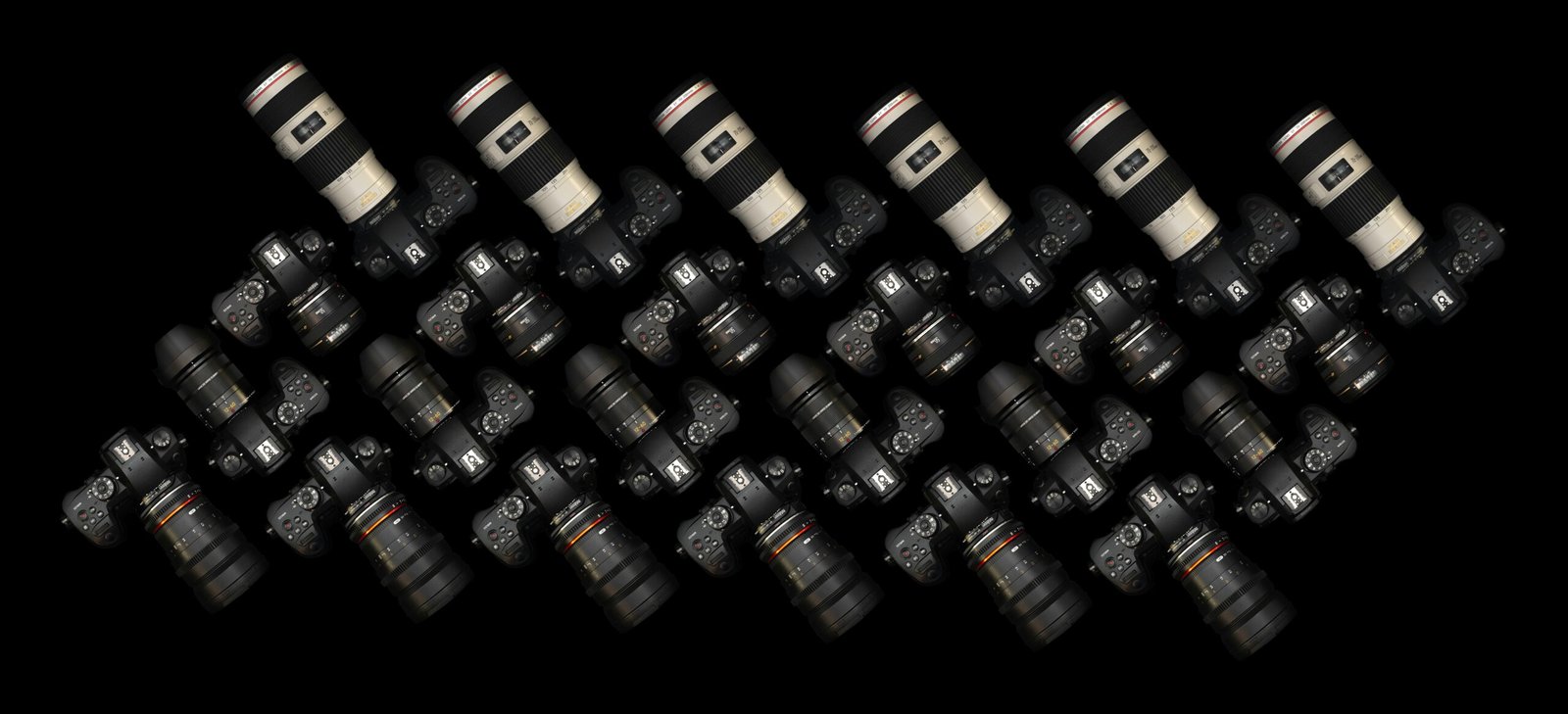Starting a business in the optical industry can be a rewarding venture for those interested in providing eye care services and selling eyewear. However, like any other business, setting up an optical shop requires careful planning, investment, and understanding of the market. In this article, we will guide you through the process of starting your own optical shop, including the necessary investment, equipment, and profit margin considerations.
1. Research and Planning:
Before diving into any business, it is essential to conduct thorough research and create a comprehensive business plan. Identify your target market, competition, and potential location for your optical shop. Determine the services you want to offer, such as eye exams, prescription glasses, contact lenses, and sunglasses.
2. Legal Requirements and Permits:
Next, you need to fulfill the legal requirements to establish your optical shop. Register your business with the appropriate authorities, obtain the necessary licenses and permits, and comply with local regulations. It is advisable to consult with a legal professional to ensure you meet all the legal obligations.
3. Location and Store Setup:
Choosing the right location for your optical shop is crucial for attracting customers. Look for an area with high foot traffic, preferably near medical facilities or shopping centers. Consider the size of the store, layout, and interior design to create a welcoming and professional environment for your customers.
4. Equipment and Inventory:
Investing in the right equipment and inventory is essential for running an optical shop. Some of the key equipment you will need include:
a. Optometry Equipment: This includes a phoropter, autorefractor, lensometer, slit lamp, and ophthalmoscope. These tools are necessary for conducting eye exams and determining the correct prescription for glasses or contact lenses.
b. Frame Displays and Shelving: Display frames and sunglasses attractively to entice customers. Invest in quality shelving and display cases to showcase your inventory effectively.
c. Lens Edging and Finishing Equipment: This equipment is used to cut and shape lenses to fit frames accurately. It includes lens edgers, lensometers, and lens tinting machines.
d. Point of Sale (POS) System: A POS system helps manage inventory, track sales, and process transactions efficiently.
e. Inventory: Stock a wide variety of frames, lenses, contact lenses, and sunglasses to cater to different customer preferences and budgets. Establish relationships with suppliers to ensure a steady supply of products.
5. Staffing and Training:
Hire qualified optometrists, opticians, and support staff who are knowledgeable about eye care and have excellent customer service skills. Ensure that your staff receives proper training on using equipment, conducting eye exams, and assisting customers in selecting the right eyewear.
6. Marketing and Promotion:
Develop a marketing strategy to create awareness about your optical shop. Utilize both online and offline channels to reach your target audience. Establish a professional website, engage in social media marketing, and consider traditional advertising methods such as print ads or local sponsorships. Offer special promotions, discounts, or loyalty programs to attract and retain customers.
7. Profit Margin Considerations:
The profit margin in the optical industry can vary depending on various factors, including location, competition, pricing strategy, and operational costs. It is crucial to carefully analyze your expenses, including rent, utilities, salaries, inventory costs, and marketing expenses, to determine your pricing structure and profit margin. Regularly review your financials to identify areas for improvement and ensure profitability.
Starting a business in the optical industry requires careful planning, investment in equipment, and understanding of the market. By conducting thorough research, fulfilling legal requirements, choosing the right location, investing in the necessary equipment and inventory, hiring qualified staff, implementing effective marketing strategies, and analyzing your profit margin, you can set yourself up for success in the optical shop business.
Remember, building a successful business takes time and effort. Continuously adapt to market trends, customer preferences, and technological advancements to stay ahead in the competitive optical industry.
In conclusion, starting an optical shop can be a fulfilling and profitable venture if approached with careful planning and consideration. With the right investment, equipment, and understanding of the market, you can establish a successful optical shop and provide valuable eye care services to your customers.

